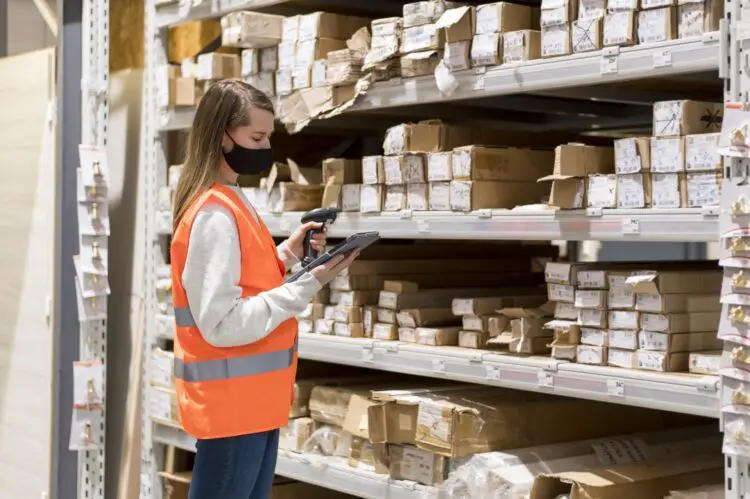Raw material inventory and finished goods are two of the main types of inventories that most businesses need to manage. For example, the basic raw material for a furniture company is wood, which is used to create finished goods such as tables, closets, chairs, and others.
‘Work-in-progress inventory’ is often the term used to refer to the intermediate phase when a raw material becomes a finished product. While this is the simple definition of the difference between the two inventory types, things get more complex when it comes to managing each of them. So, let’s dive into what sets the two apart and some tips on how to manage them.
Raw material inventory and how to manage it
Raw material inventory consists of all the basic materials a company purchases from different suppliers to turn them into finished goods for sale. We often need to add storage and labor costs to the cost of raw materials before they can be turned into actual products. Common examples of raw materials are wood, steel, crude oil, and flour. These raw materials can be turned into furniture, cars, oil, and bread.
These are often referred to as direct materials, since they are the primary elements used in production. However, indirect materials are needed, too, such as glue, oil, tools, and other supplies.
Managing raw material inventory efficiently is key to a successful business strategy. Depending on the type of raw materials, the right balance needs to be reached between having enough material to keep production flowing, while also ensuring there is minimal waste and overhead. Real-time monitoring and direct control of materials can ensure that costs are kept to a minimum and there is no disruption in the availability of finished goods. Furthermore, any business needs to account for the cost and value of raw materials instead of focusing solely on the value of finished goods.
Another best practice in managing raw inventory includes having a safety stock to cover any spike in demand or drop in availability. Just how big of a safety stock you need depends on a number of factors, most importantly on how perishable a material is. For example, steel and flour differ when it comes to storage times and conditions. So, this is also something that needs to be accounted for by your inventory management system.
Finished Goods Best Practices
Once raw materials go through the work in progress stage, they become the finished goods that a company sells. Furniture, cars, clothes, bread are all examples of finished goods. Companies need to closely track finished goods inventory as this is ultimately the source of revenue and any errors can have a major impact on the company’s bottom line.
Thus, it is often recommended to find the right balance between having just enough goods to meet demand, but not too much so that they become stale or obsolete. Businesses also need to be able to calculate the value of their finished goods inventories by monitoring the beginning and ending inventory (usually at the start and end of each month.) Add to this the cost of goods and labor (COGM, or cost of goods manufactured) and the cost of goods sold to customers (COGS). The final formula looks like this:
Ending finished goods inventory = beginning finished goods inventory + COGM – COGS.
Many businesses now use just-in-time inventory to maximize efficiency and reduce costs, which means they produce goods in close connection to demand, avoiding overstocking in both raw material and finished goods. Though it comes with many advantages, risks need to be managed as well so there is little to no disruption to processes and maximum customer satisfaction.
All these strategies and calculations may sound daunting to those who are only starting out in business, but also to those looking to expand. Thankfully, inventory management software has been developed to make this job much easier, while accounting for the differences between managing raw materials versus finished goods.





